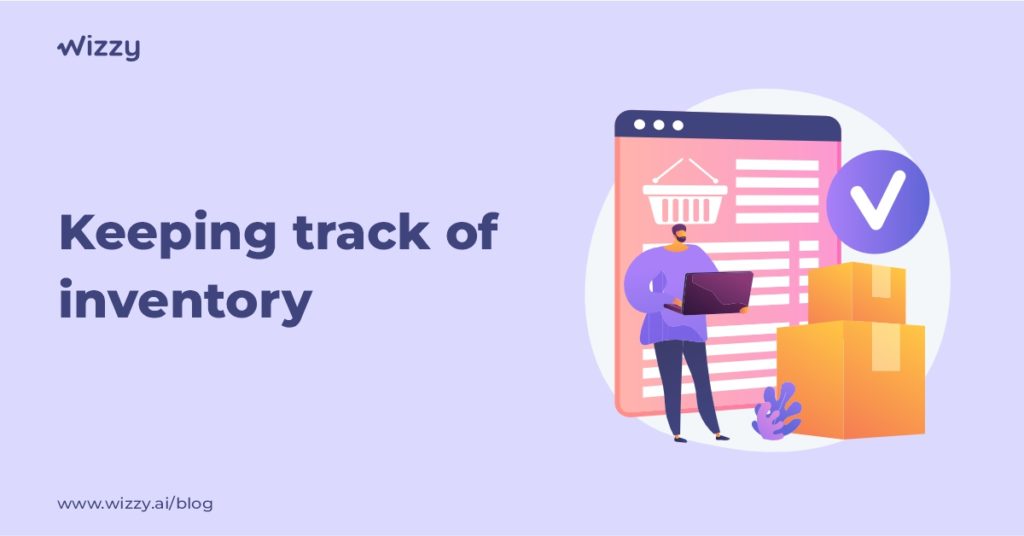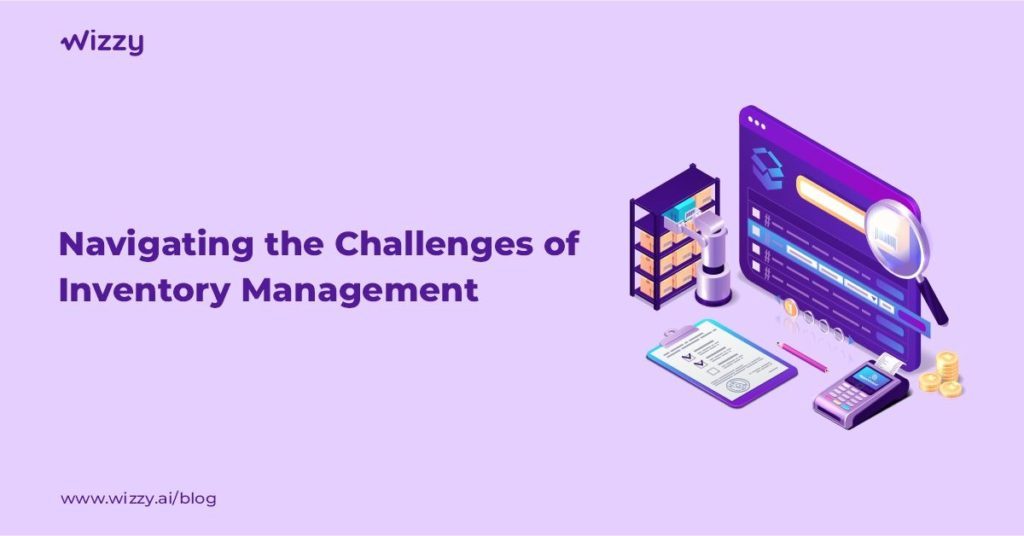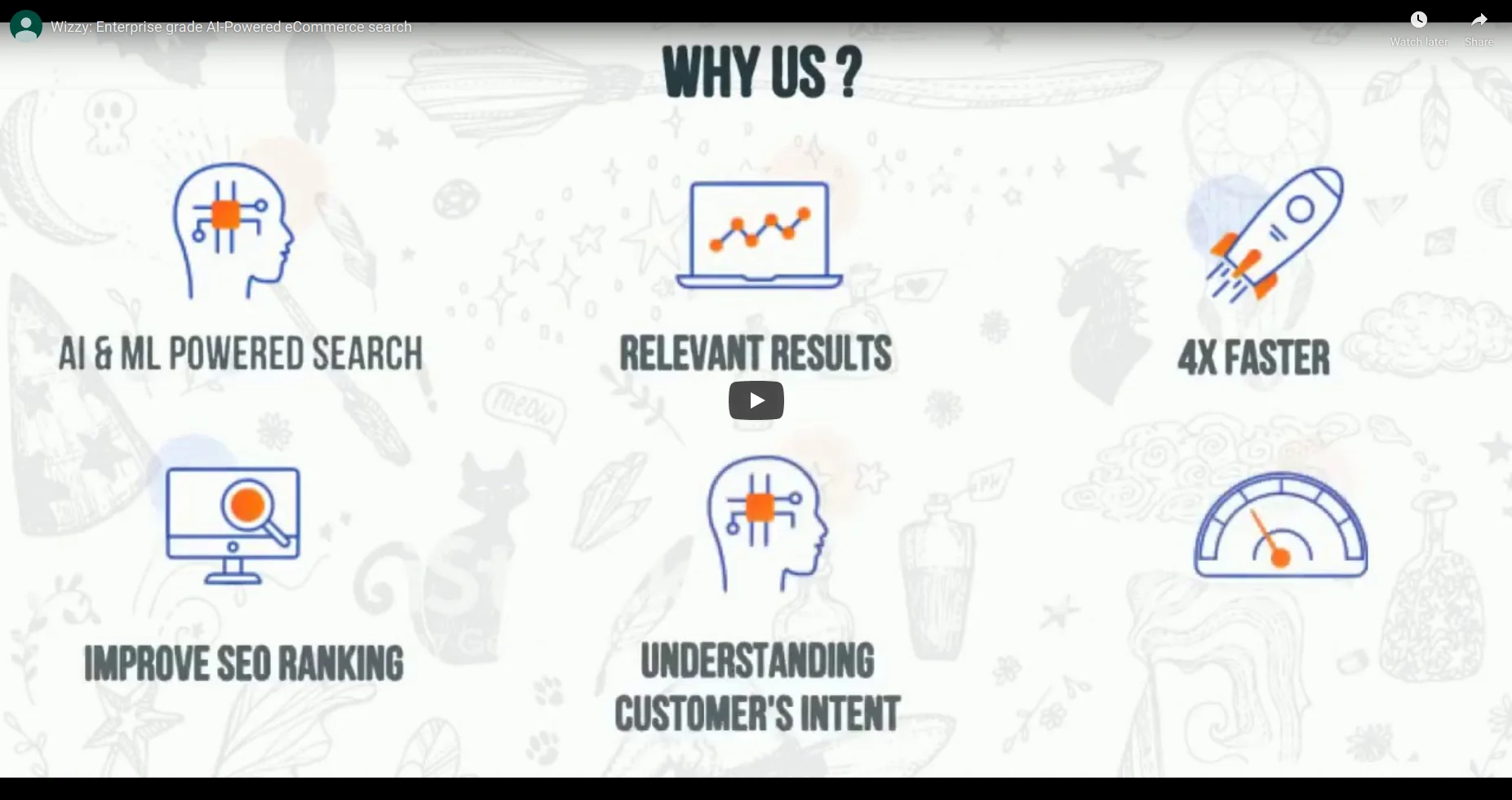Inventory management is a crucial aspect of running an e-commerce store, as it directly affects a business’s ability to meet customer demands and maintain profitability. However, managing inventory can also present several challenges for e-commerce businesses, particularly those that are rapidly growing or scaling up their operations.
In this blog post, we will explore some of the most common challenges of inventory management for e-commerce stores and discuss strategies for overcoming them.
Common Challenges of Inventory Management for E-commerce Stores
Predicting Demand

One of the biggest challenges of inventory management for e-commerce stores is accurately predicting demand. E-commerce businesses often rely on data analysis and forecasting methods to make educated guesses about how much inventory they will need to meet customer demand. However, even with the most sophisticated tools and algorithms, it can be difficult to accurately predict demand, particularly for businesses that sell unique or seasonal products. This can lead to stockouts or overstocking, both of which can harm sales and customer satisfaction.
To mitigate this challenge, e-commerce businesses can implement inventory management strategies such as safety stock and reorder points. Safety stock is a buffer of extra inventory that is kept on hand to ensure that a business can meet unexpected spikes in demand. Reorder points, on the other hand, are the specific levels of inventory that trigger an automatic restocking order. By implementing these strategies, e-commerce businesses can ensure that they always have the right amount of inventory on hand to meet customer demand.
Managing multiple channels

Inventory management for e-commerce stores is managing multiple channels and platforms. With the rise of online marketplaces like Amazon and eBay, e-commerce businesses now have access to a vast array of channels through which they can sell their products. However, managing inventory across multiple channels can be complex and time-consuming, as each platform has its own unique set of rules and requirements.
To overcome this challenge, e-commerce businesses can use inventory management software that integrates with multiple channels and platforms. These tools can help businesses keep track of inventory levels, update product listings, and even manage order fulfillment across multiple channels.
Additionally, e-commerce businesses can also use drop-shipping as a way of managing multiple channels and platforms more effectively. Drop-shipping allows e-commerce businesses to sell products without having to keep inventory on hand, instead, they can rely on a third-party supplier to ship the products directly to the customer.
Keeping track of inventory

Keeping track of inventory across different locations for e-commerce businesses, to grow and expand, they may find themselves managing inventory in multiple warehouses or fulfillment centers. This can make it difficult to keep track of inventory levels and ensure that products are being shipped from the most cost-effective location.
To overcome this challenge, e-commerce businesses can use inventory management software that allows them to track inventory across multiple locations. These tools can provide real-time visibility into inventory levels, making it easier for businesses to make informed decisions about where to ship products from. Additionally, e-commerce businesses can also implement cross-docking, which is a logistics strategy where products are shipped directly from one location to another without being stored in a warehouse in between.
Managing returns and exchanges

Finally, one of the biggest challenges of inventory management for e-commerce stores is managing returns and exchanges. As e-commerce businesses rely on shipping products directly to customers, they often have to deal with a higher number of returns and exchanges than traditional brick-and-mortar stores. This can be a significant challenge, as returns and exchanges can be costly and time-consuming to process.
To mitigate this challenge, e-commerce businesses can implement a clear and easy-to-understand return policy, and make sure that the process of returning or exchanging products is as simple and effective.
Prioritize products with an ABC analysis

To boost efficiency and save money, take the time to prioritize products using the ABC analysis. The ABC analysis is a method for prioritizing your existing inventory using three categories:
(A) high-value products with a low frequency of sales. For example, big-ticket items like workout and sporting equipment.
(B) moderate-value products with a moderate frequency of sales. For example, electronics and jewelry.
(C) low-value products with a high frequency of sales. For example, clothing and food.
ABC analysis is based in part on the Pareto Principle, which explains that 80% of your sales can be attributed to 20% of your customers. These customers buy category A products, which account for the majority of your revenue. Therefore, it’s more costly to your bottom line to lose these customers than it is to lose customers who buy category B and C products.
Your goal here should be to understand which products need the most attention from an inventory management perspective. For example, products that fall under your A category (the highest-selling products) may need to be ordered more often than products that fall underneath your C category (the lower-selling products).
Think about your inventory management strategy

As you think about improving inventory management for your e-commerce business, there are a few questions to ask yourself. How do you approach inventory management at your business? What challenges have you faced and been able to overcome? What have you learned that might help other entrepreneurs and business owners?
The answers to these questions will inform how you implement inventory management, how your business grows, and how you continue to meet the needs of your customers.
Read More – How to Build a Customer Loyalty Program for Your Ecommerce Store



